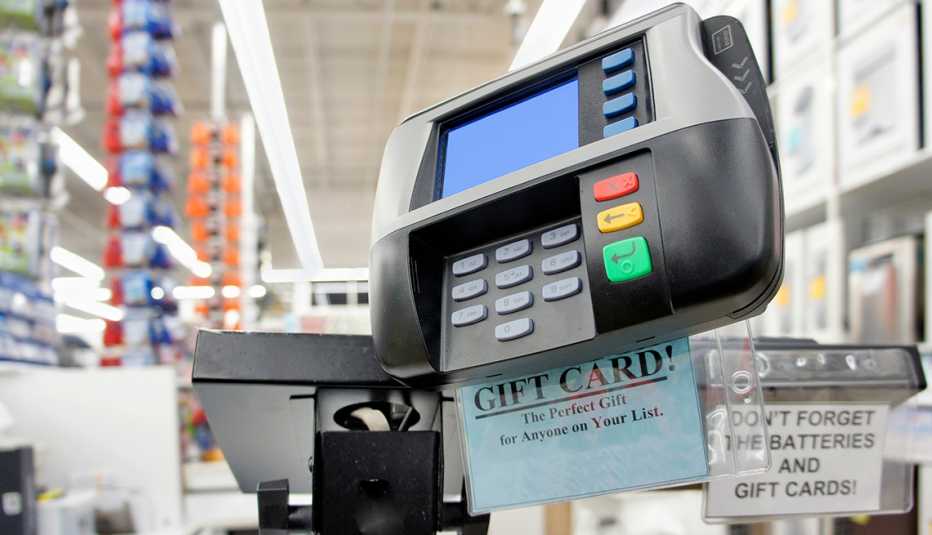AARP Hearing Center
At the direction of a fraudster, a woman in her 80s drove to four Lowe’s home improvement stores near her home in St. Louis where she snapped up 26 Target gift cards worth $500 a piece — and nothing else. In all, the twice-widowed woman spent $13,000, equal to almost seven months of her Social Security benefits. “It’s just the most horrible thing,” the first-time fraud victim says now.
Time-stamped receipts show the purchases occurred between 1:15 and 5 p.m. on Sept. 2. She drove 50 miles in all, so consumed by stress that she skipped lunch.
Alarm bells literally go off
Her ordeal began earlier that day when she logged onto her computer to research an anti-fungal cream. An alarm blared. “This screaming sound, screaming so loud it hurt your ears,” she remembers. “I couldn’t stand it. I thought, ‘What in God’s name is it?’ ”
The woman, interviewed by AARP, is not being named in this story.
The alarm sounded as a pop-up computer message kept flashing, urging her to contact Microsoft at 1-800-642-7676. That is, in fact, its customer service number, but cybercrooks spoof it and pretend it’s theirs, the tech giant says. The error and warning messages sent by Microsoft never include a phone number, so if you receive such an alert with a phone number, do not call it, Microsoft says. Here’s more of its guidance.
The woman phoned Microsoft — or so she thought — and a man who called himself Chris Wright gave her his purported badge number. The alarm persisted. “Oh my God, I can’t stand this noise,” she told him. She was so unnerved that she was shaking, and teeth were chattering.
'Like I was in a dream'
Wright, a name she now believes is fake, told her to turn down the volume on the computer — but not to turn off the device. Even after lowering the volume, the alarm still screeched.





































































